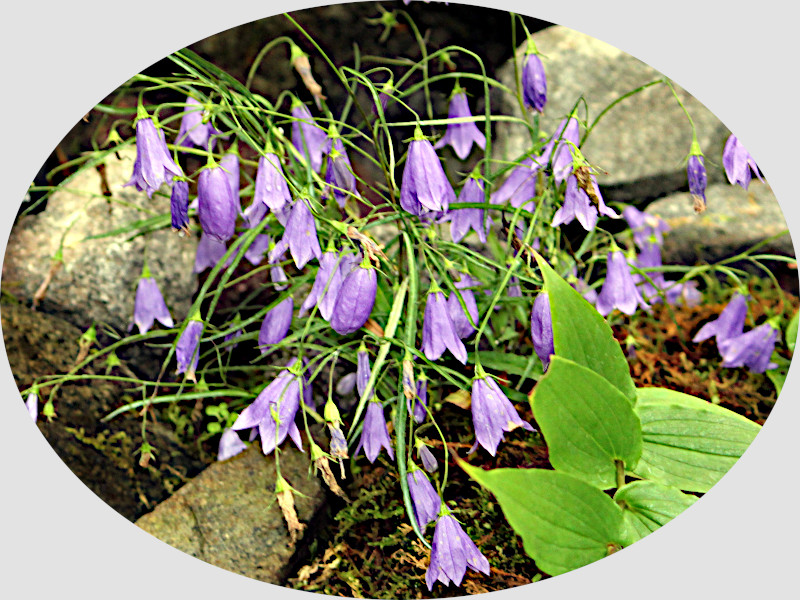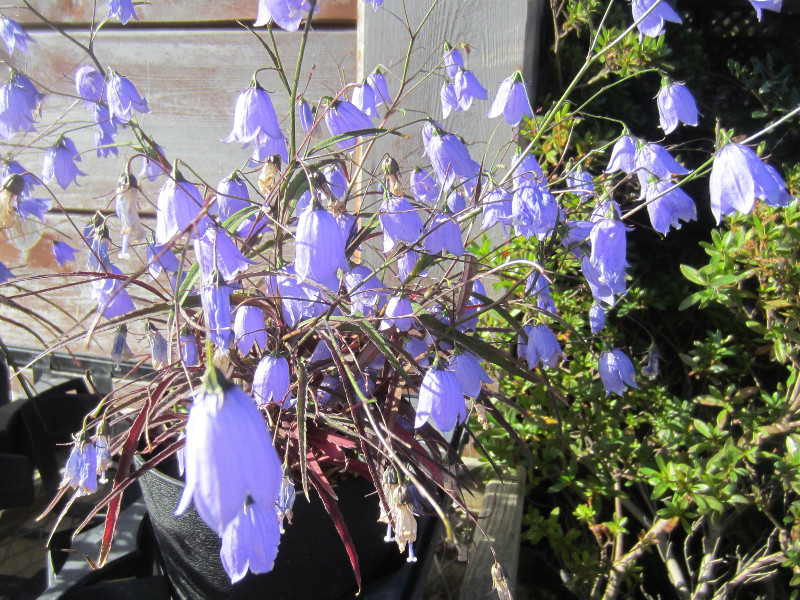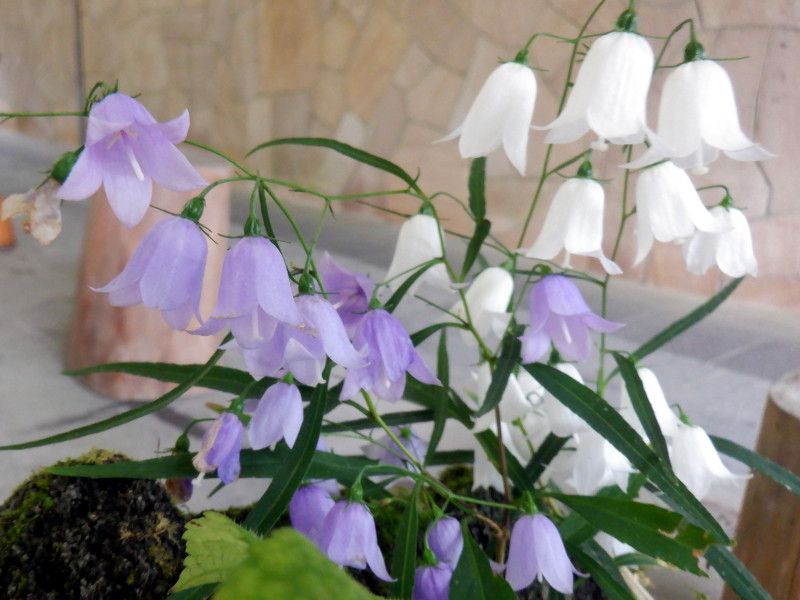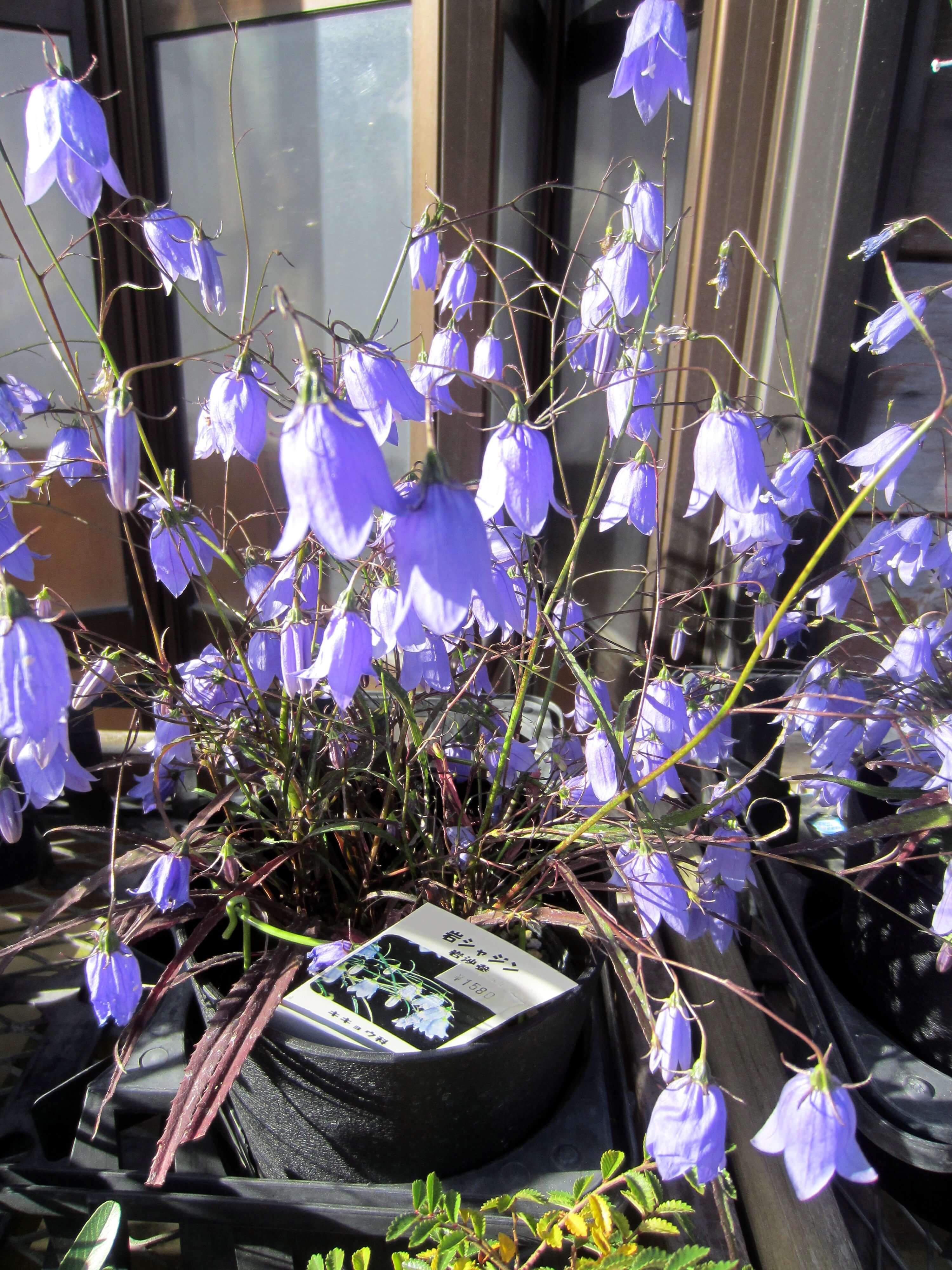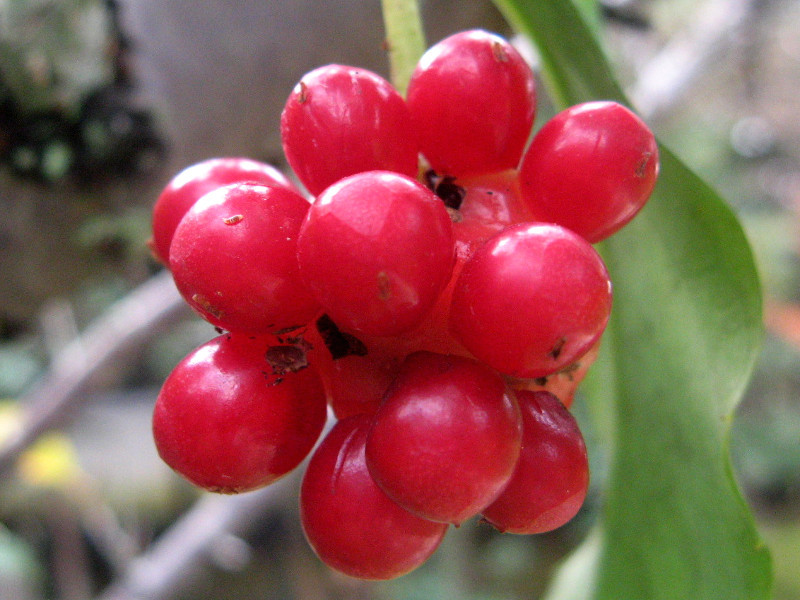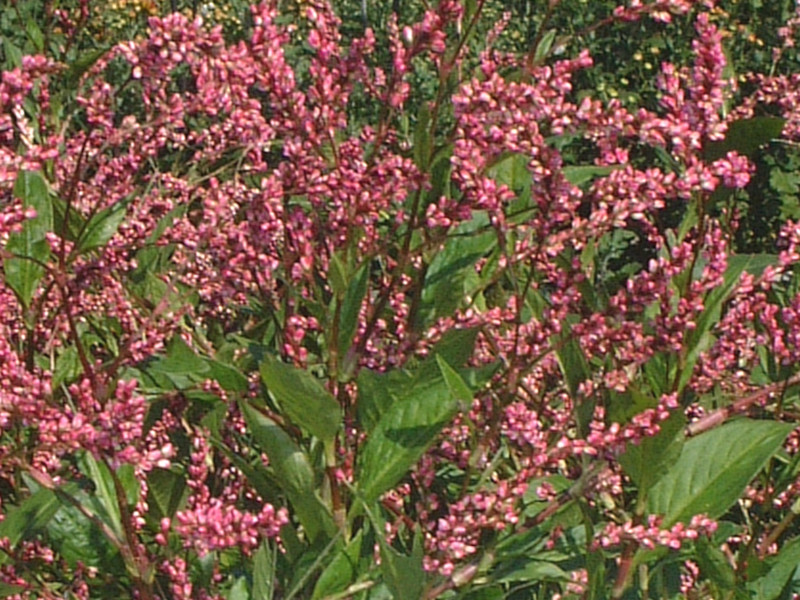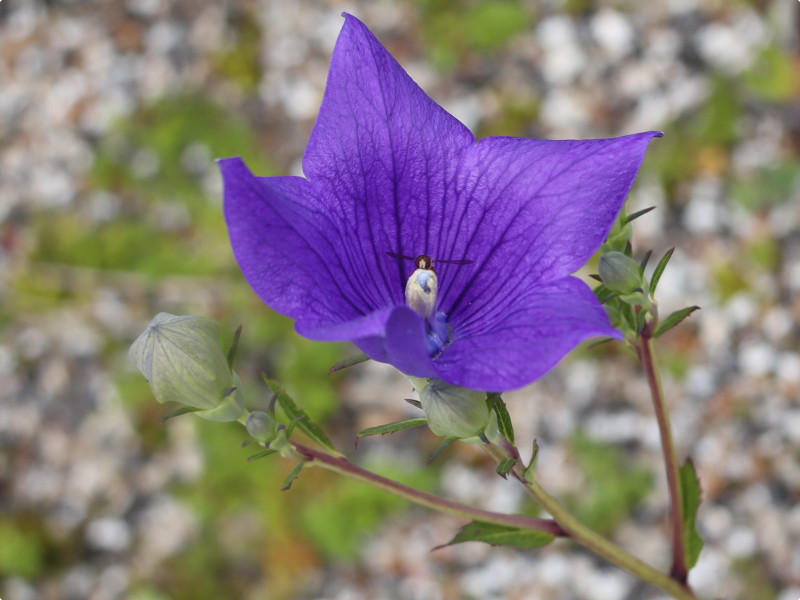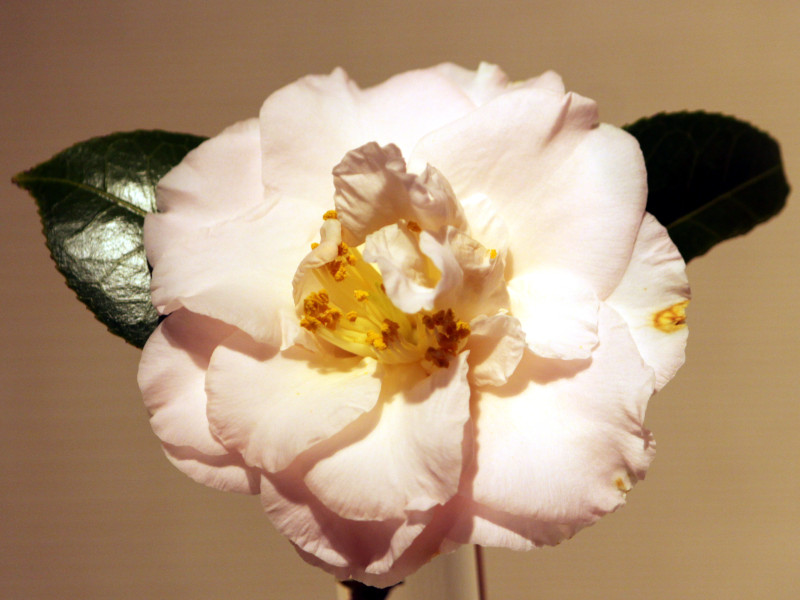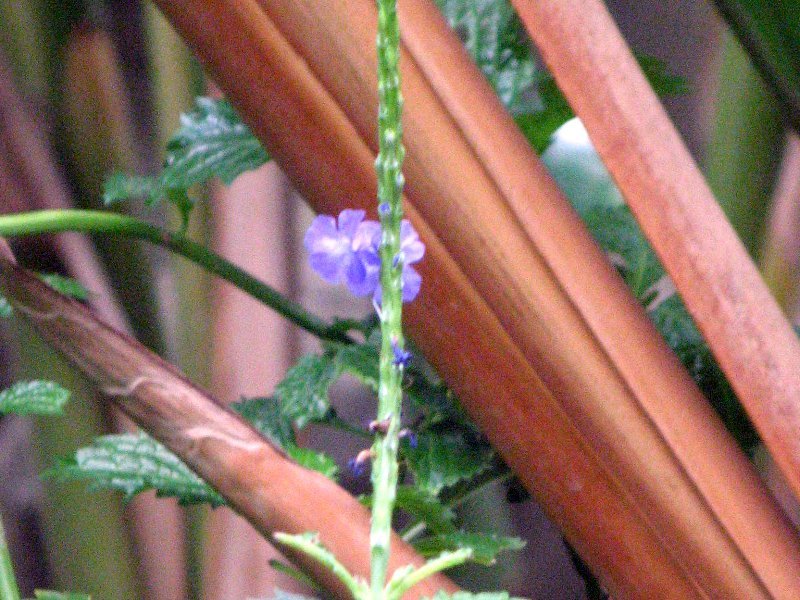Adenophora takedae
- Flower nameAdenophora takedae
- Scientific nameAdenophora takedae
- Aliasイワツリガネ, 岩沙参, アデノフォラ・タケダエ, Iwasyajin, イワツリガネソウ
- Place of originJapan
- Place of floweringHigh mountain
- Flowering seasonAugust, September, October
What is Adenophora takedae
Adenophora takedae or Iwasyazin (Scientific name: Adenophora takedae) is a deciduous perennial herb native to Japan, belonging to the genus Adenophora in the familyCampanulaceae. It is a wildflower that grows wild on rocky terrain in the mountains of the Kanto to Chubu regions of Honshu.The grass is 30-70 cm tall and has thick rhizomes but thin stems and leaves. The rhizomatous leaves are nutritive, ovate, and alternate. The leaves attached to the stem are narrowly lanceolate to broadly linear, 7-15 cm long, and have serrated edges.
From August to October, it produces a raceme of inflorescences, each of which produces about 10 downward-facing, blue-purple, bell-shaped flowers 1.5 to 2.5 cm in diameter with 5 shallow lobes at the tips. The pistil of the pistil does not protrude from the bell-shaped corolla. The flowers are followed by a capsule. It is a popular wildflower and is used for potted plants, cut flowers, tea ceremony flowers, and garden plants.
Origin of the name
The genus name "Adenophora" is a reference to the genus Adenophora , and the species name "takedae" is a dedication to Hisakichi Takeda, a Japanese alpine plant researcher. The Japanese name "Iwasyazin" is derived from its resemblance to Korean ginseng, which grows in rocky areas, has the same bell-shaped flowers, and produces a herbal drug called shajin from its roots.
Differences between Iwa shajin and tsuriganengins
The flower is similar to that of the ginseng (scientific name: :Adenophora triphylla var. japonica), but the flower can be distinguished from the ginseng by the fact that the flower stalk does not protrude from the corolla.
The language of flowers
In the language of flowers, the Japanese word for the Iwashajin is "gratitude" and "sincerity.
Common name: Adenophora takedae, scientific name: Adenophora takedae, Origin: Japan, Distribution: Rocky areas in the Kanto to Chubu region of Honshu, Cold hardy perennial herb (emergent herb), Height: 30-70 cm, Rhizome: thick, Stem leaves: narrow, Rhizome: trophoblastic, Oval, Phyllotaxy: alternate, Leaf shape on stem: narrow lanceolate to broad linear, Stem and leaf length: 7-15 cm, Leaf margin: serrate, Flowering season: August to October; Diameter: 1.5 to 2.5 cm; Corolla length: 1.5 to 2.5 cm; Radial symmetry; Inflorescence shape: raceme; Petiole length: 2 to 5 cm; Corolla color: bluish purple (rarely, white or double flowers); Corolla shape: bell-shaped with 5 shallow lobes at the tip; Flowering style: about 10 flowers downward on a raceme; Poll: not protruding from the corolla Number of sepals: 5, calyx lobes: linear, calyx lobes 0.5-0.8 cm long, stamens: 5, cotyledon: 3-lobed, capitulum: 3 lobes, fruit type: capsule, uses: potted, cut flower, tea flower, garden plant.: scientific name.
